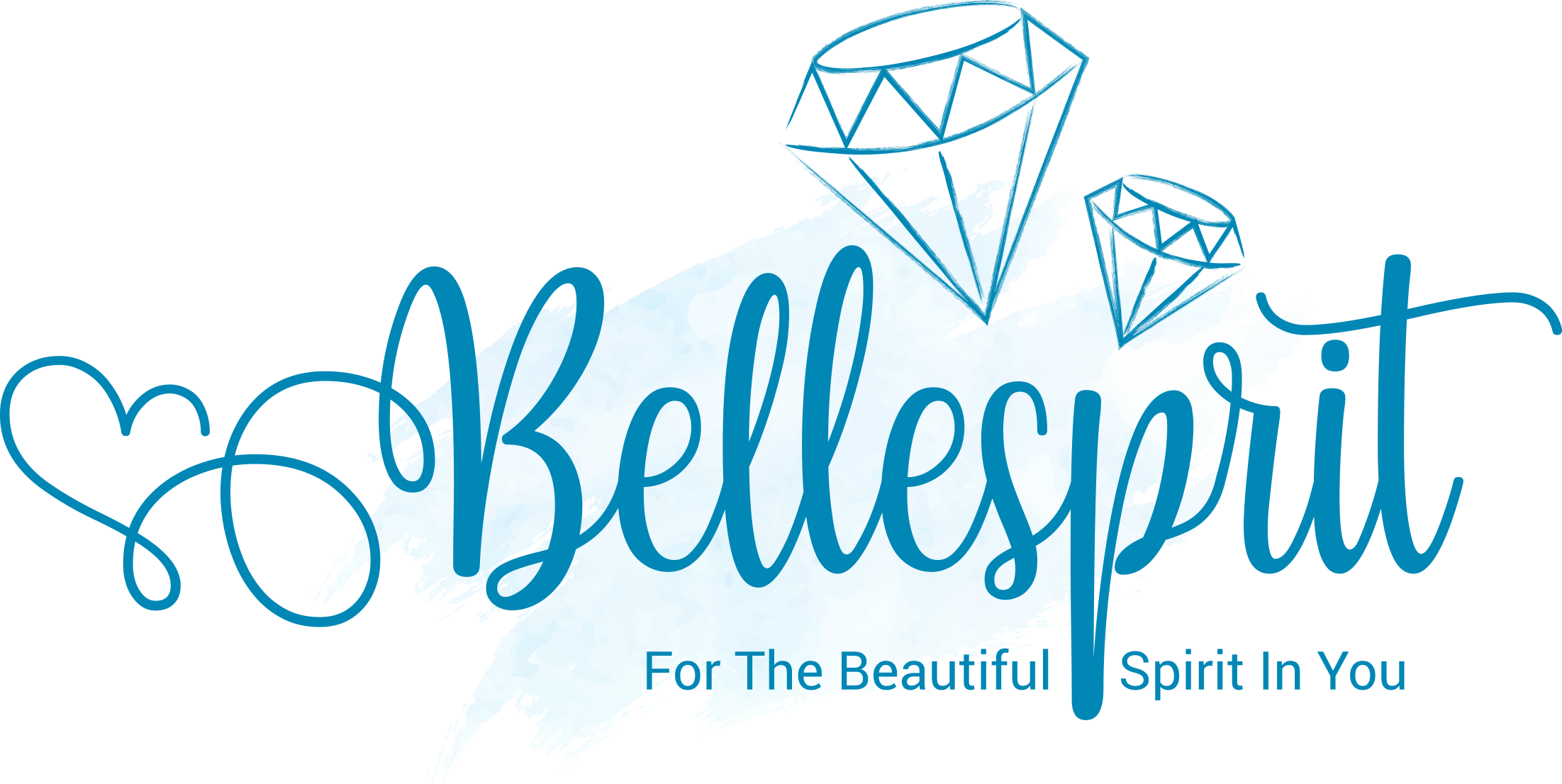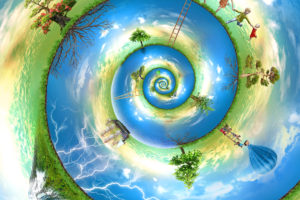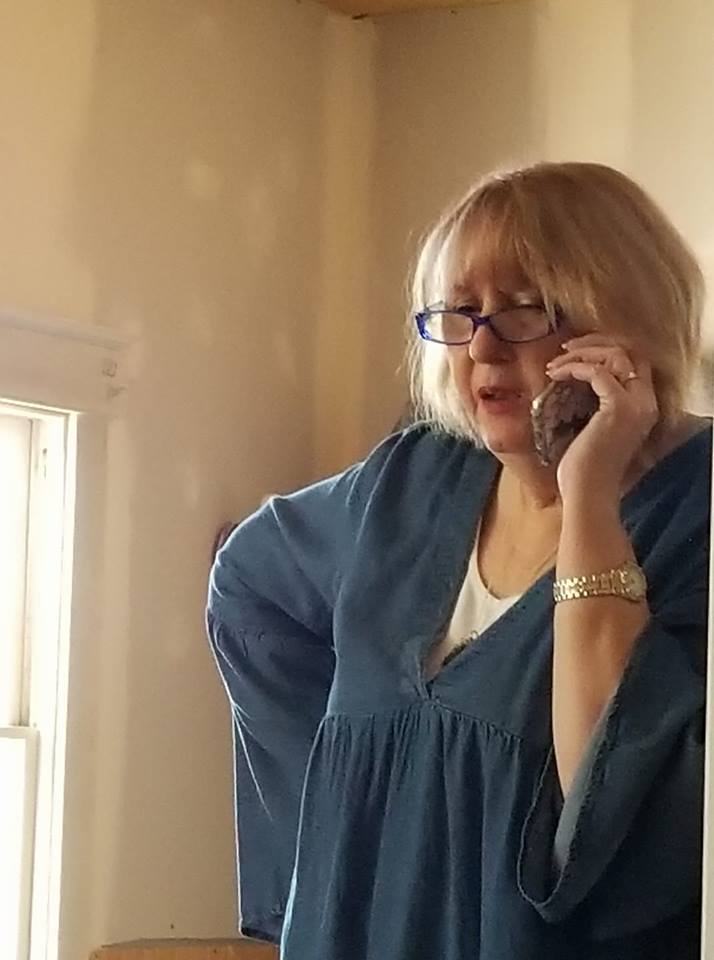Understanding the Law of Supply and Demand
By Mandy Peterson
The force behind changing trends is the public, usually starting with one person. We, the public, have the power to change and inspire trends due to a law we can learn about in any economics class: the Law of Supply and Demand.
“Compassion alone can burn you out, so you need the other tool—you need insight into the radical interdependence of all things. With that wisdom you know that the work is not a battle between good guys and bad guys, because the line between good and bad runs through the landscape of every human heart. With insight into our profound interrelatedness, you know that actions undertaken with pure intent have repercussions throughout the web of life, beyond what you can measure or discern.” ~ Shambhala Workers Prophecy, Joanna Macy
In today’s world, many of us may have a hard time believing that our well-intentioned choices can affect a larger picture in a positive way. Likewise, in the same theme, we find it hard to believe that our less well-intentioned choices matter in the greater scheme of things. However, our choices may have more of an effect than we think, such as in the case of changing trends, which occur all the time. The force behind those changing trends is the public, usually starting with one person. We, the public, have the power to change and inspire trends due to a law we can learn about in any economics class: the Law of Supply and Demand.
The Law of Supply and Demand and the Sustenance of the 1% Elite
As an argument against becoming more collectively conscious and responsible, I often hear people use the excuse that “It’s the 1%’s fault” to justify remaining in a defeatist and victim-oriented stance. Great arguments are made regarding how the “1%” (the Earth’s most wealthy and rich) controls the world. However, if you really look at this argument in terms of the Law of Supply and Demand, it doesn’t really make sense. After all, in a lot of ways, it’s the 98% of society that creates the demand for the rich to profit from (through providing a form of a supply that we will pay them to provide). No one is forcing 98% of us to cave to social pressures, demands, entitled lifestyles, or defeatist attitudes. In the same way, no one can force us to remain in an abusive relationship when we have the choice to leave or not participate in the abuses. We choose to do that all on our own, believing it is too difficult to make any other choice or finding it unpalatable that we might have to forgo a few perks and conveniences.
In support of this, there is a great book called The Empathy Trap that discusses the empath-apath-sociopath triad. According to the authors, Jane and Tim McGregor, it is the “apath” (the person who remains neutral and apathetic) who ends up inadvertently supporting the “sociopath” (the abuser) and enabling abuses, allowing them to continue. So, is the power truly with the 1% corrupt elite in the world, or is it simply that 98% of the world is apaths, making the plight of the 1% of “empaths” (the people who truly care) more difficult?
When it comes right down to it, at the level of the Law of Supply and Demand, the 1% elite and the 98% who are apathetic don’t differ all that much. The 98% desires to maintain an unsustainable way of living just as much as the 1% elite does. Both enjoy the perks of making this choice and have been mentally conditioned toward a mindset of greed and self-indulgence. Both enjoy and take advantage of quick-fixes, luxuries, conveniences, denial, and excuses. If the 1% elite changed its ways to become more like the 1% empaths and took certain forms of supply away from the remaining 98% (to focus on the greater good of the whole), this action would likely be met with a huge backlash from the general public. So, it is futile to blame the 1% elite, expecting this faction of the population to create the change we are looking for. Collective change can only start from our taking responsibility for what is within our power to change who we are and become less apathetic to the plight of our world.
How Do the Law of Attraction and the Law of Supply and Demand Overlap?
In the new-age community, there is a lot of discussion regarding “manifestation” and how a law called the “Law of Attraction” operates and can be used to attract to us what we desire or focus on. There is less understanding about how we can manifest, in a similar way and on a larger scale, using the Law of Supply and Demand. However, when it comes right down to it, the Law of Supply and Demand and the Law of Attraction aren’t that different and can overlap somewhat. This overlap is especially true when it comes to manifestations that occur at a social, environmental, and collective level. These laws even influence the weapons industry, wars, the creation (and use and sustenance) of dangerous forms of technology, and more. The laws also contribute to more positive and beneficial manifestations, as well. Therefore, it makes sense that if we can increase our public demand for new sustainable technology while decreasing our demand for (and use of) polluting and unsustainable forms of technology, we can more efficiently manifest a new and sustainable world simply by using our purchasing power and understanding who or what profits (or does not profit) from our consumer choices. These actions offer the public a lot of control.
Those of us who believe in the Law of Attraction can also benefit from seeing how demand (within the framework of the Law of Supply and Demand) is part of the supply that we are asking for (by way of what manifests at the collective level). One place where we might fall short in our understanding of the Law of Attraction is that we may not really take the time to look more deeply regarding how and why certain realities manifest at a collective level. We also tend to just want what we want without asking ourselves why we want it or if it truly serves the highest good of ourselves and the whole. When it comes to what manifests upon a larger landscape (via the Law of Attraction), we tend to apply a mystical explanation rather than a practical one. For example, we believe that certain events are fated upon us, out of our control, or caused by shifts in energy or negative thinking. We can ignore how we might ask for these events to happen in a more basic way (through the Law of Attraction). We might not consider how this type of asking results in a form of supply that is generated (whether it goes against our intentions to be a healing force in the world or not). The subtle or unconscious affirmations we utilize may be variations of the following ideas:
- “I will continue to partake of [such and such convenience] even though it harms or pollutes the environment” (hence, subtly asking for the harm or pollution).
- “I will continue to buy from and support [such and such industry or corporation] even though they are known to harm or pollute the environment” (hence, subtly asking for the harm or pollution).
- “I will continue to crave and manifest excess even though I know it results in the creation of more waste” (hence, subtly asking for the creation of more waste).
- “I will continue to make most important in my life what is lifeless and a distraction instead of making the sustenance of life a priority” (hence, subtly asking for life to disappear or deeming it not as valuable as our lifeless commodities).
Regardless of whatever conscious affirmations we use to try to be a healing force within the world, as long as we are still making use of some of the above subtler mantras, we are contradicting our purest intention in some form. As a result, our intention to be a healing force within the world is no longer a clear one and has been compromised. For, when it comes to using the Law of Attraction to bring about collective healing or change, we can either operate by a clear and focused intention or an unclear one that contradicts and potentially neutralizes our well-meaning plans. The only way around this paradox is for we, the people, to come to see what we truly want, why we want it, what intention it is supporting, how it affects a larger picture of supply and demand, and whether we can take responsibility for whatever outcomes or manifestations follow. Only when we accept this accountability will we truly realize the power we have.
Some Examples of How the Public Has Fostered Collectively Conscious Trends
Below are only a few examples of how public demand has reshaped supply in the last few years:
- When Pope Francis, with support of the Dalia Lama, started speaking out about climate change, it had an effect on the mindsets of those who looked up to these individuals. As a result, there arose an increase in demand for our governments to care more about this issue. The response to this demand was a form of supply (i.e., climate summits). Through offering a form of supply, the governments are rewarded by being seen in a more favorable light.
- ISIS funds itself partly through selling oil. When the UN placed a ban on buying ISIS oil, it at least somewhat affected ISIS’ ability to generate an income from this kind of pursuit. Although ISIS still makes money from the sale of oil, those countries who participate in the ban remove themselves from being enablers of ISIS’ abuses.
- Twenty years ago, organic food was less available because of less demand for it. When demand for organic products increased, so did the number of organic farmers willing to fill the demand, knowing they could make a profit from this.
- Consumer demand has created a lot of change when it comes to GMOs, product labeling, and more. Increases in demand are almost always followed by a form of supply, as producers step in to fill the needs of a niche market.
The information age and the Internet affect supply and demand, as well. When the public is exposed more to the downside of a certain form of supply, it changes our trends, purchasing choices, and what we support. It is less easy for things to be kept hidden from us and easier for us to use our voices and opinions to affect the choices of suppliers.
How Can We Personally Make Use of the Law of Supply and Demand?
To become more collectively conscious, it can help us to understand that whenever we buy anything, we are part of creating a demand for that product. Whatever brand we choose, we are making a choice (whether conscious or not) that supports the intentions, goals, and motivations of the company that offers that particular brand (whether that company’s collective intentions are well-meaning or harmful). If a company should lose demand for its brand of product or service, that company will likely go under (or become obsolete). This process gives the public the power to cause companies that have more corrupt intentions to lose money and call it quits. All we have to do is collectively begin to choose the brands or products of more ethical companies more often. As one example, due to the uproar about GMOs and certain companies being on “do not buy” lists, some of the companies on those lists are now offering GMO-free options. According to triplepundit.com, General Mills is now offering GMO-free Cheerios and is admitting:
“We were able to change how we source and handle ingredients to ensure that the cornstarch for original Cheerios comes only from non-GMO corn, and our sugar is only non-GMO pure cane sugar.”[1]
This example shows how boycotts can be powerful weapons of peaceful resistance. These collective actions offer motivation for suppliers to change how they operate and open the door for new types of suppliers to enter the market to offer us something new and different.
Yet, it does not always take a boycott to produce a significant change. There are small ways to make big contributions (I will list some in future articles) and become part of the growing 1% empaths in the world, who want to be part of creating a new demand to open a niche for producers to create a new supply. We can change the world through our buying choices! Believe it! In the end, we are part of the collective demand for either what heals the planet or what destroys it. So, why not make the healing choice instead of going along with a destructive choice out of a sense of consumer apathy or feeling of being defeated?
[1] See http://www.triplepundit.com/2014/01/non-gmo-cheerios-sign-future/
 Mandy Peterson is a psychic visionary, empath and EFT practitioner. She is the author of “I Am the Lotus, Not the Muddy Pond: Achieving Peace Through Non-Conformity,” and “A Guest In Their Universe.” An artist and graphic designer, Mandy has also created and designed an EFT Divination Kit to compliment the use of EFT muscle testing, and a Healers of the Earth Oracle tarot deck.
Mandy Peterson is a psychic visionary, empath and EFT practitioner. She is the author of “I Am the Lotus, Not the Muddy Pond: Achieving Peace Through Non-Conformity,” and “A Guest In Their Universe.” An artist and graphic designer, Mandy has also created and designed an EFT Divination Kit to compliment the use of EFT muscle testing, and a Healers of the Earth Oracle tarot deck.
Learn more about Mandy here: https://mysticmandy.com/






